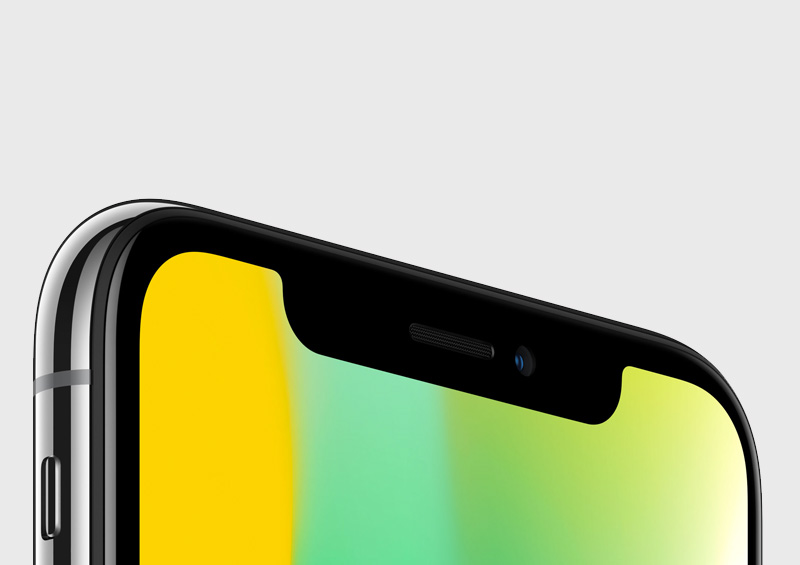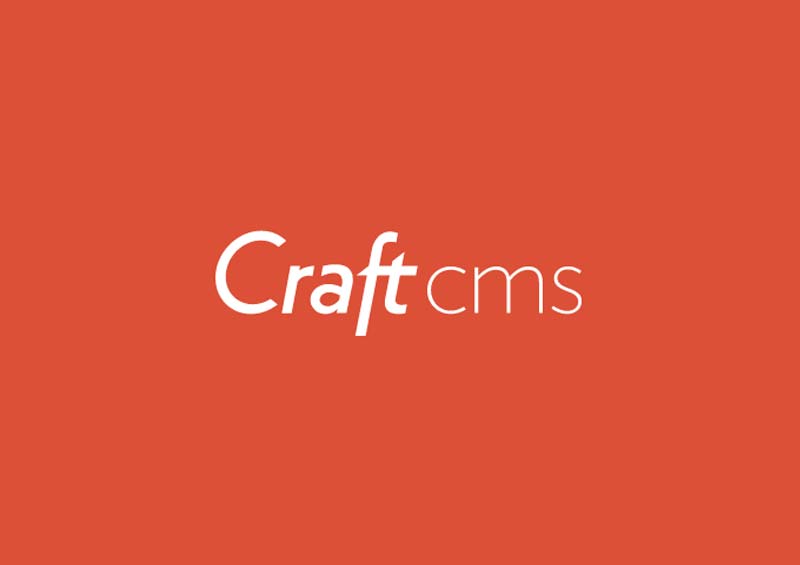Finding the right partner can be difficult, but there’s a few things to keep in mind.
Scouting
Before you can choose an agency you have to find a bunch to choose from. You may have a recommendation from a friend or business associate, or you may have a list of some vendors you have worked with in the past. But if you’re starting from scratch you’re likely using trusty old Google.
This is a valid way of finding an agency as long as you’re aware of the amount of work involved. Google results are tricky. Ranked #1 on Google doesn’t always mean they’re ranked #1 in the real world. Try looking for some specifics first, then casting a wider net later. For example, you’re a not-for-profit, look for agencies with not-for-profit clients and expertise. Get more general as you continue your search but keep those initial finds top-of-mind. Make lots of notes.
Focus on proximity but it shouldn’t be a deciding factor. Being in the same city and having face-to-face meetings are nice but not essential. It’s important to keep proximity in mind because of the benefits that go along with being close, but don’t disqualify a good agency because they may be in another city or country.
Initial contact
Once you have a list, one that isn’t too big, you can begin to reach out. Most of the time you will want to write an RFP (Request for proposal). Some agencies won’t respond to RFP’s but we’ll talk about them later. RFP’s are one thing clients get wrong a lot of the time. It’s easy for for an RFP to go off the rails but it’s actually not hard to write an effective, succinct RFP that’s going to get agencies excited to work with you.
Make sure you focus on the point of an RFP, set the scope and fundamentals of the project. Don’t get caught up talking about your organization at length or providing endless pages of documentation, instead talk about your audiences, and speak to the documentation you have available with some examples. Stick to the key elements that would be critical for an estimate. Heavier documentation will come out later during a discovery or learning phase. A vendor might also request it before writing a proposal.
The meat of your RFP should establish the scope and core elements of the project. Outline the essence of the project, avoid jargon and specifics at first, those can be added in a later, more specific, part of the RFP. Drill down from the most high-level concepts to specifics. Try and break the project into its biggest pieces. Establish what you’re trying to do, your goals and how you measure success. Include a budget, timelines and criteria on how you will judge the proposals. The criteria don’t have to be super specific but keep it relevant to the RFP.
Some agencies won’t respond to RFP’s. You may have to open alternate lines of communication to establish a relationship. A personal call or email and speaking about the project in a candid tone is a good start.
Picking an agency
If you’re lucky a good percentage of agencies will reply to your RFP with a proposal. You can use the criteria you established in the RFP to judge the proposals. For example, if one of your criteria was to “tell us how you would address the 3 main pillars of this project” you can easily see if they’ve done that or not. You will get proposals that don’t meet any of your criteria and it may seem like they didn’t read the RFP at all. These will likely be the worst proposals anyway and be eliminated.
If possible, it’s always a good idea to meet the team. Talking to a team in person or over Skype can be illuminating. It can make you re-consider a mediocre proposal or drop an agency with a great proposal.




